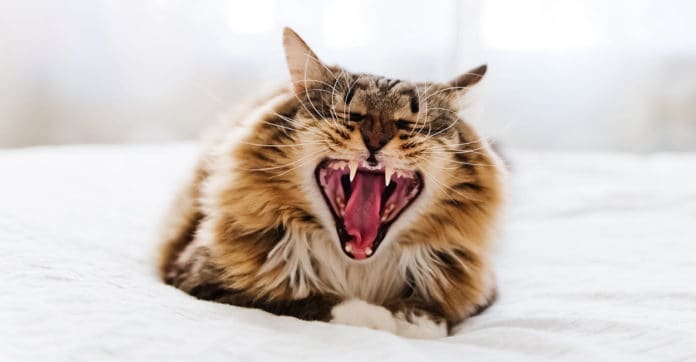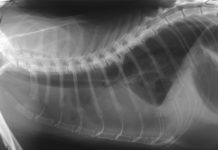Injuries which involve damage to the enamel, cement, and dentin of the tooth are often referred to as the tooth fractures. These particular injuries happen either on the enamel covered top-part of the tooth or the below part of the gum line. Both cats and dogs are vulnerable to traumatic tooth injuries. If you want to learn more about tooth fracture in cats and more, feel free to give this article a read.
Tooth Fracture in Cats: What is this feline condition?

The tooth fractures in cats most commonly affect the fang or the canine tooth that is commonly the longest tooth in the mouth of the cat. Further, the pulp tends to extend almost into the tip of the canine tooth, thus making pulp damage more probable if these particular teeth gets fractured even just in a sight manner. Full oral care every day is the key in preventing the tooth fracture in cats and perceiving it right before any serious harm may happen.
Moreover, the tooth fracture is a fairly common disorder in cats. Further, it might not be life-threatening or serious, and might not even bother the cat. Nonetheless, if the pulp of the tooth or the living connective tissue in the center of the tooth gets damaged, the fracture might result in further dental problems when left without any treatments. These issues may include bacterial infection and even pulp tissue death.
Causes of Tooth Fracture in Felines
The most common among the causes of the tooth fractures in cats are from chewing on different hard objects, direct trauma, and even rough play. For the older cats, attrition or the natural reduction of the tooth tissue because of constant tooth-to-tooth contact might be the cause. Correspondingly, wearing down or abrasion of the teeth because of foreign matters, may also be a malefactor. At the moment, there are still no known dental conditions or diseases, which may cause the tooth fracture in cats.
Symptoms of Tooth Fracture in Felines
The symptoms of tooth fracture in cats might not be promptly apparent as the cat might not be showing any. In some minor instances of tooth fracture, the eating habit of the cat, as well as its appetite might not even change at all. In addition, they might not experience any kind of discomfort and pain.
You can look out for the following symptoms of the feline tooth fracture:
- Swelling or pus as a result of infection
- Blood in the mouth or coming from the mouth
- Chewing food on only one side of the mouth
- Signs of discomfort or pain while eating
If you happen to suspect that the cat has a fractured tooth, yet they are not showing any indications, there is a risk that the tooth pulp has already been dead and the infection has already occurred. In this instance, the immune system of the body has fought off the infection successfully. Thus masking the outward symptoms. The damaged tooth pulp might take several weeks or months before it dies, and the cat might not show any symptoms at all at this moment in time.
In all the instance of the condition, take the cat to the veterinarian as soon as possible. As we know, cats are notorious in hiding their own symptoms. If the tooth of the cat is already bleeding, you must take it to the veterinarian immediately, since it has already suffered damage to its dental pulp.
Prognosis of Tooth Fracture in Felines

The vet may first examine the teeth, originally looking for any outward indications of damage in the tooth pulp. Further, the veterinarian may also likely ask you when did you first noticed the tooth fracture, as well as whether any traumatic events to not have happened, which might have triggered the fracture. Make sure to inform the vet of all the symptoms of the condition, as this will be beneficial in determining the fracture of the cat may need a more invasive treatment.
To be able to determine whether or not there’s been any tooth pulp damage, the vet might choose to administer anesthesia to sedate the cat and perform some radiography. They might also choose to conduct a dental x-rays.
Treatments for Tooth Fracture in Felines
In case, there’s been no damage in the pulp, the fissure is just a cosmetic condition and may not need any treatment. Nonetheless, if the pulp damage is apparent, the fissured tooth might need to be removed or cured with the help of root canal. Whatever damage that surrounds the gums or the mouth’s soft tissues may be treated as well during this time. Moreover, often, root canal is a suggested course of action. Adhering to the removal of the pulpal tissue that’s infected, the tooth may then be restored fully with the use of a tooth-colored composite material that will cover the tooth, as well as prevent any future infection.









